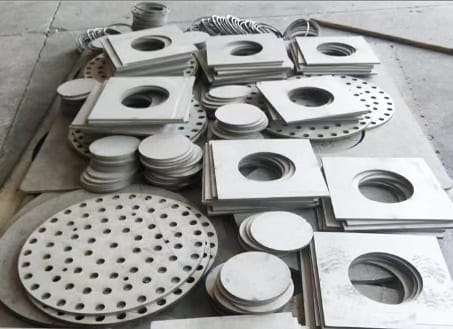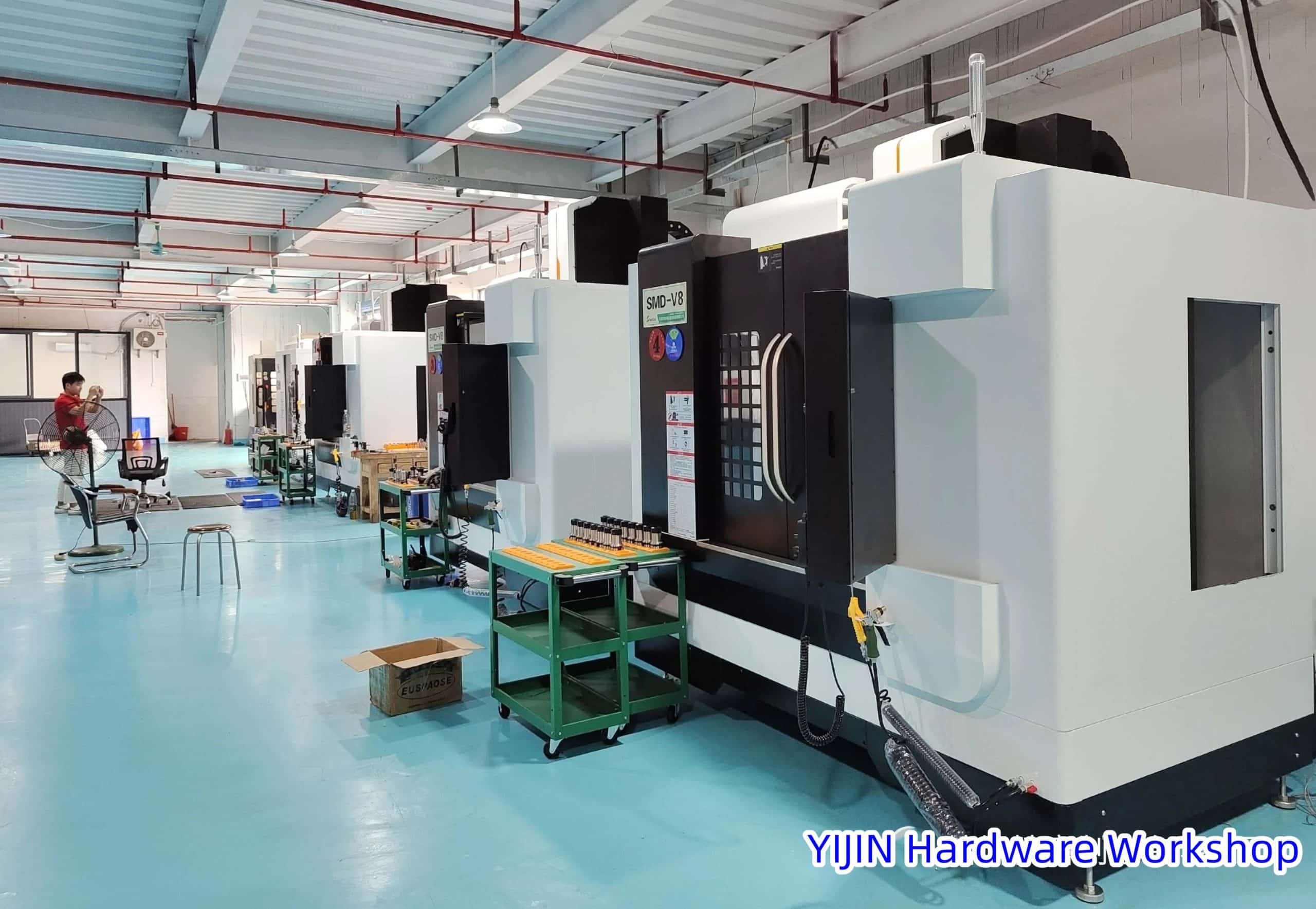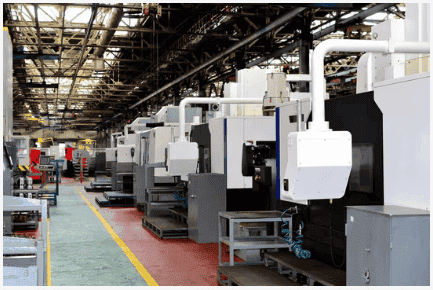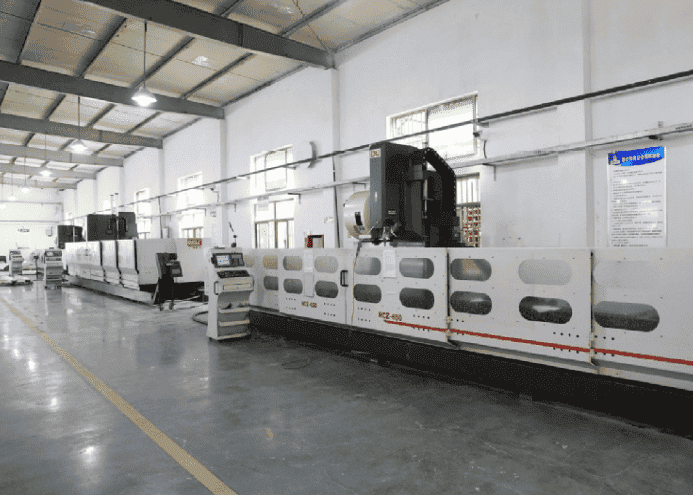Plasma cutting has many benefits compared to other ways of making metal. It is cheaper and more accurate than some other methods. Recommended: Types of CNC Lathe Processing.
It can also cut more comprehensive pieces with the same accuracy each time. This technology is good for making metal pieces!
Do you want to know about plasma cutting? Why do they use special gases for this technique? What materials can you cut with a plasma cutter?
Read more, and you will get the answers! Plus, you will learn how it works too.
Plasma Cutting Overview:
Harnessing the power of electricity, plasma cutting is an efficient method of cutting metals. The intense heat this electric arc generates melts away metal.
At the same time, shield gas is a safeguard against rust or corrosion. With its remarkable speed, accuracy, and durability, plasma cutting remains on the top. It provides ways to transform metallic surfaces into desired shapes!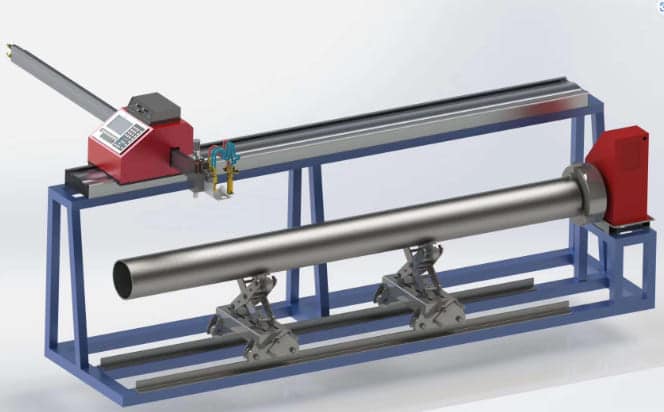
Plasma-cutting technologies use a set of distinct commands. It enables you to manage the machine.
These include speed, amperage, pre-flow, post-flow, and pierce height/cut height.
All these are integral components in crafting the perfect cut. Speed governs how your torch should move.
Amperage selects just the right amount of electricity needed for plasma arc formation.
Meanwhile, Pre & Post flow instructions dictate when gas needs to be released into play.
With these commands, you can also set when the cutting process should be interrupted.
Pierce height is the distance between your material and the tip of your plasma cutter’s torch. Cut height tells you how deep into your material it will go for each pass!

Plasma cutting is a precise and efficient way to slice through metals. These metals include aluminum, copper, and stainless steel.
To melt down these metals, gas is usually used as temperatures reach up to 20,000C. It’s crucial to remember that this technique only applies to conductive materials paper.
Glass or stone won’t be able to be cut due to their lack of electrical conduction properties. Cutting with plasma has become an invaluable asset in many industries today.
It is due to its affordability and efficiency. Amongst the plethora of options available, Mntly stands out as a favorite.
It is good for creative professionals looking to shape items into any desired form. But what led up to this success? Let’s find out!
Brief History:
Since its start in 1957, plasma cutting has revolutionized. It can weld and cut steel or aluminum plates with a thickness ranging from 0.5 to 6 inches.
It is easy to understand why more industries are utilizing this powerful tool. Employing a plasma cutter years ago was quite the gamble.
The accuracy of these tools was different from where it needed to be. And with parts such as electrodes getting overheated while cutting through materials.
They would wear down. If replacement pieces are needed, one can expect their wallet to suffer an immense loss.
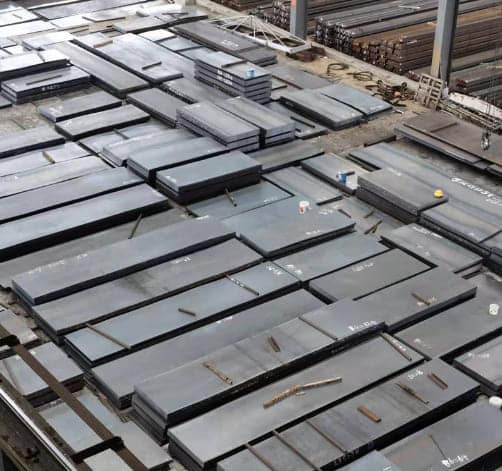
The late 1960s
In the late 1960s and early 1970s, engineers made a monumental breakthrough. The dual-flow torch was born.
A tool that increased the lifespan of electrodes and nozzles. It also ups accuracy and quality when cutting!
1970s
In the 1970s, engineers revolutionized the process of cutting with their groundbreaking discoveries. They created a water muffler and table to reduce smoke and fumes.
It helps in cutting environments and special nozzles. These enabled individuals to be more precise when executing cuts. It makes it easier than ever before.
1980s
During the 1980s, engineers were hard at work experimenting with innovative ideas. They crafted plasma cutters.
Unlike other power tools of that era, these allowed them to better manage their energy expenditure.
They can as well as make their movements more efficient due to their portability. Jumping ahead to the present, these plasma cutters are now more accessible than ever. 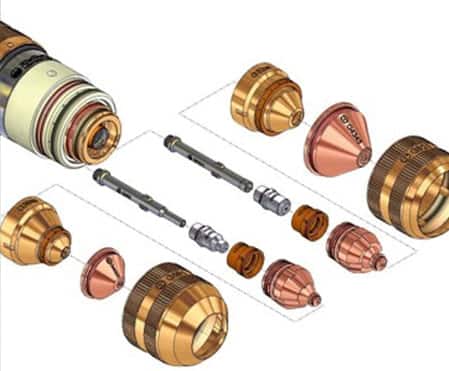
From the 1990s to date
Engineers have been advancing plasma cutters for the past thirty years. They are working to make them more dependable and precise.
Through oxygen-based processes, these devices are now four times stronger. They come with fashioned nozzles installed.
The handheld versions of the plasma cutting technology are now available. They are best known for their convenient and easy portability.
This has revolutionized how technology is used today! It’s imperative to comprehend what a plasma cutter does and its methods of operation.
How It Works: Working Of Plasma Cutting:
Plasma cutting is a powerful method of using heat instead of traditional tools to cut through metal.
It works by passing an electrical arc through gas that then blasts out from a tiny tip at incredible speeds; this hot plasma does the actual cutting.
To ensure accuracy, precision when using plasma-cutting technology is essential for success.
Additionally, electricity has to be conducted from the workpiece into the ground to function properly.
There are three distinct systems with unique pieces needed depending on your use case.
Ultimately, many organizations rely on this incredibly efficient production system. It is due to its high level of performance and reliability!
You can slice through metal with remarkable precision and speed with plasma cutting.
The process involves energizing a gas such as nitrogen, argon, or oxygen with an electric arc.
It is then emitted through a tiny opening – causing the metal to melt while retaining its shape.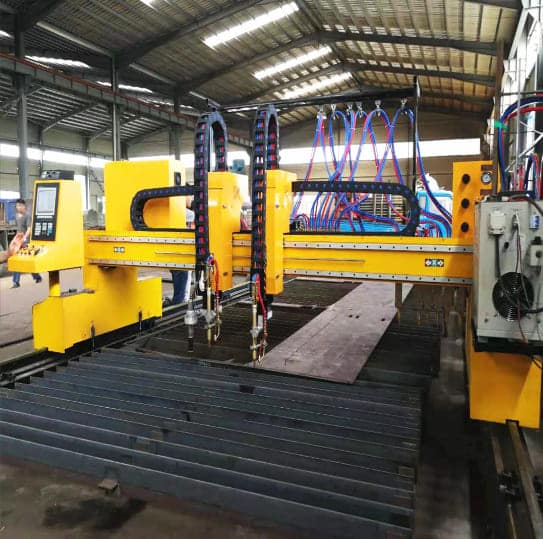
Three Types of Cutting Process
High-Frequency Contact:
This cutting method won’t work for modern CNC plasma cutters. It is due to potential interference; high-frequency contact cutting.
It uses electricity and sparks when the torch touches the metal. The resulting spark generates a large amount of plasma.
It allows an incredibly precise cut that is hard to achieve any other way.
Pilot Arc:
With electricity and heat, machinists can transform imagination into reality. Generating sparks when slicing through metal and creating a small but powerful flame known as plasma arc.
They are able to shape their creative visions into tangible products with ease.
Spring Loaded Plasma Torch Head:
To jumpstart a short circuit, operators use a welding torch. Its mere contact with the workpiece is all it takes to set off an electric arc.
A somewhat more efficient pilot arc can be activated when no pressure is applied to the torch.

Gas Used in the Process
You can get optimal results when cutting various materials. And certain gases are essential for this process.
You will make a clean cut through your material, but you can detach any melted pieces needed as well. That’s where these gaseous wonders come in handy:
Argon
Argon gas is an ideal asset for cutting due to its non-reactive nature toward heated metals.
This allows the materials used in the process to have a longer lifespan. It reduces any slag byproducts formed along the way.
Argon gas has several drawbacks when used for plasma cutting. It includes lower progress due to decreased elements.
These include the plasma arc and increased surface tension. These challenges can make this process difficult for inexperienced individuals.
Nitrogen
When utilizing nitrogen for the purpose of metal cutting, it outclasses argon in speed and accuracy.
The jet is stronger and its voltage requirement higher, yet this does not affect the edge quality – leaving any trace of slag behind!
Nitrogen gas is an invaluable solution for quickly and effectively slicing through metals such as nickel-base alloy and stainless steel, which have increased viscosity.
Whether alone or combined with other gases, nitrogen gas makes cutting carbon steel smoother than ever before.
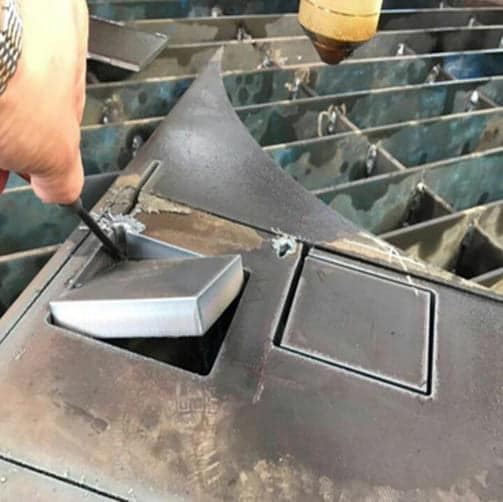
Air
Once you choose plasma cutting with air as your preferred method, it’s easy to see why!
It offers a nitrogen-oxygen content of 78% and 21%, respectively – giving the ability to cut through low-carbon steels easily.
Plus, using this gas proves more affordable than others used in plasma cutting.
However, electrodes and nozzles require periodic replacing since they don’t have very long lifespans – but that doesn’t take away from all the benefits this provides!
Going without the protection of a coolant can lead to oxidation on your cut, leaving behind an unpleasant mess and upping the amount of time needed for completion.
This makes cutting more expensive and laborious.
Oxygen
When it comes to cutting low-carbon steel, a combination of oxygen and high-temperature plasma arc are the ultimate duo!
To ensure you get maximum effectivity, make sure that your electrodes can withstand extreme temperatures.
You’ll be amazed by how quickly and easily the job gets done with this dynamic pair!
Hydrogen
Hydrogen is a truly formidable gas, especially when blended with other elements.
Take the hydrogen-argon mix, for instance; it’s so powerful that it can produce stunning results in plasma-cutting processes!
This extraordinary combination of two gases creates one of the mightiest mixtures out there!
By combining argon and hydrogen gas, you can generate an incredibly powerful plasma jet that is capable of slicing through almost any material.
Even more impressive results are achieved when the mixture is propelled by water jets, undeniably making it a stronger alternative to other traditional separation methods.
Materials Suitable For Plasma Cutting:
Plasma cutting offers unparalleled accuracy when it comes to slicing through a variety of materials – from glass and foam to plastic, metal, and more.
- Revolutionary plasma-cutting technology gives you the ability to cut through steel. No matter its composition, be it carbon, stainless, or mild. It works with incredible machinery and accurate precision. This cutting technique provides a practical and dependable way to make precise cuts.
- Aluminum is a perfect choice if you’re looking for a reliable, rust-resistant material that won’t weigh down your project. Its lightweight properties make it ideal for plasma cutting. It has made it one of the most popular materials in industries. So don’t hesitate to give it a try!
- Copper is an ideal conductor of electricity, making it a practical choice when wiring and plumbing. It can be cut with specialized tools known as plasma cutters to produce the desired shapes. But copper doesn’t just stop there – its remarkable electrical properties lend itself well to many applications due to how quickly electricity travels through it.
- With its gleaming, golden sheen and unique combination of copper and zinc, brass adds a timeless elegance to any home. From door handles and faucets to tubas and trumpets—this metallic hue is used in many places that need both style and durability. Embellish your space with beautiful brass accents for an eye-catching finish!
- Thanks to the innovative technology of plasma-cutting, cast iron – a strong and delicate metal – can be rapidly cut with tools usually unsuitable for the job.
- Boasting unparalleled strength and featherweight properties, titanium emerges as the go-to metal for aerospace engineering and medical applications. Its extraordinary features render it uniquely suitable for interacting with humans, thus becoming a top pick in these industries.
- Nickel alloys are a remarkable material that can be used in the oil and gas industry with their near-invincible durability. Withstanding corrosion or fluctuating temperatures, these alloys provide strength and resilience for any task. In addition to their long list of benefits, nickel alloys offer unparalleled dependability regardless of conditions – making them ideal for those searching for reliable solutions.
- Magnesium alloys are the number one material for cars owing to their remarkable strength and incomparable lightness. With this advantageous combination of traits, it’s no surprise that magnesium alloy is universally accepted as the premier choice in automotive construction and manufacturing.
Plasma-cutting technology is a machine that can cut many things. It can cut metals, plastics, and more. You need one machine to do it all.
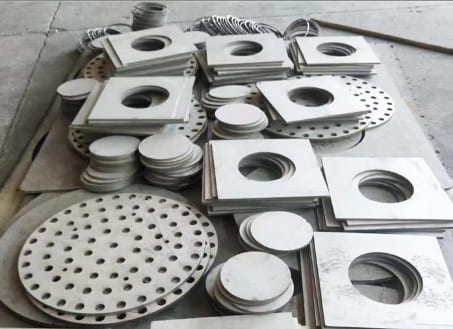
Advantages of Plasma Cutting
Plasma cutting is an ideal way to craft stunning metal parts. Compared with other methods, it provides an unmatched level of accuracy. It makes intricate designs look spectacular!
High Cutting Quality
Plasma cutters are the definitive solution for those seeking to craft metal with accuracy.
Producing clean cuts without any impurities is one of the most sought-after methods. No wonder it’s got such a devoted following!
Versatility and Flexibility
Electric Metal Cutting is a versatile method of cutting metals. It can cut metals ranging from aluminum to steel.
It is perfect for small jobs such as grooving and engraving. Use this process can in aquatic environments where noise pollution gets eliminated!
High Speed
Plasma cutting presents an incomparable level of speed. It takes a hundred times less time than laser cutting and ten times faster than oxy-fuel.
This means that metal fabrication projects can be finished in no time at all. You’ll be amazed by the extraordinary velocity this technology offers.
Higher Precision and Repeatability
By utilizing this cutting process, not only are parts more accurate and pleasing. But you can also achieve these results in a much shorter timeframe.
This means faster production with better-quality parts!
Summary
Plasma Cutting is a revolutionary metalworking technique that uses high-temperature plasma jets to slice through conductive materials.
It can work at impressive speeds and accuracy. It can be used on any material – from steel and aluminum all the way to titanium or nickel alloy.
With this innovative technology, you are no longer limited in your creative projects. The Plasma Cutters have revolutionized the industry! This attribute renders it one of the most powerful instruments for metalwork machines.
You can apply plasma cutting to construct automobiles, planes, and skyscrapers.
In contrast, it is loud and generates smoke in its wake. Plasma cutting also has a few advantages that make every effort worthwhile.
With precise cuts all around, you get guaranteed accuracy. Everyone associated with metalworking should understand plasma-cutting capabilities.
 Call Us Today! (+86) 188-2253-7569
Call Us Today! (+86) 188-2253-7569